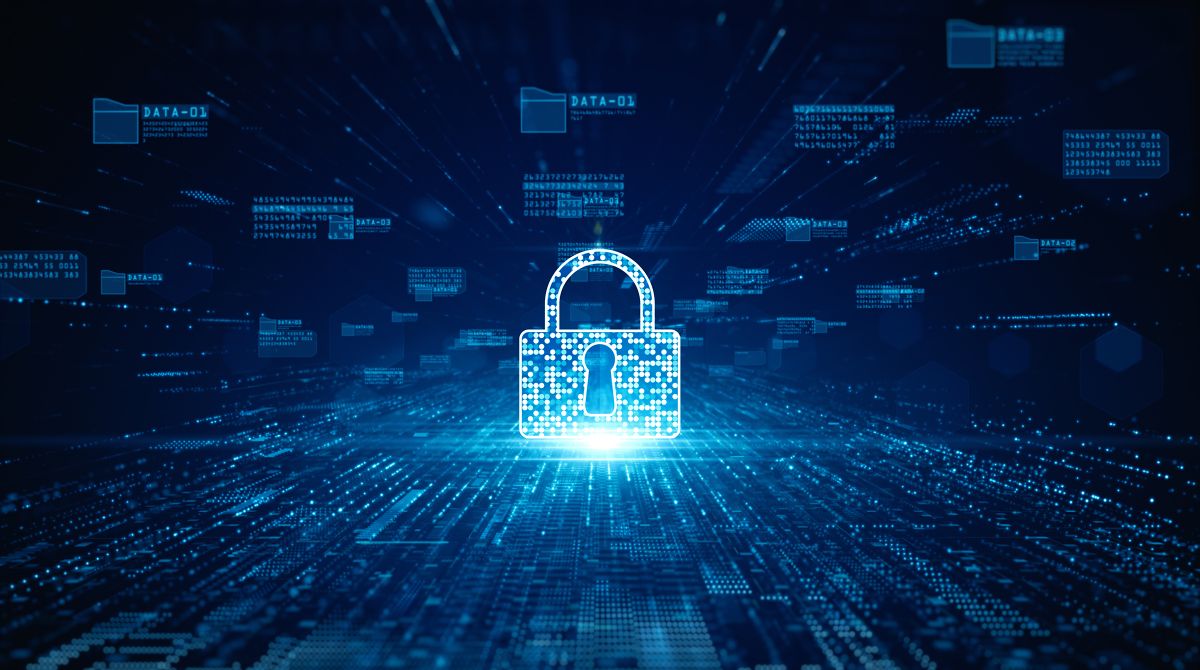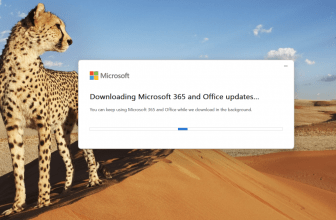
It is crucial to prioritize the security of your company’s network infrastructure. In today’s digital age, cyber attacks are a constant threat, and a data breach can have devastating consequences for your business. From financial losses to damage to your company’s reputation, the risks of a breach are simply too high to ignore. That’s why it’s so important to take proactive steps to secure your network and protect sensitive data. In this blog post, we’ll outline five key strategies for securing your company’s network infrastructure. By following these best practices, you can help ensure the security and integrity of your network and protect against cyber threats.
Strong passwords and password management
One of the most important ways to secure your company’s network infrastructure is by using strong, unique passwords and implementing a password management system. Weak or easily guessable passwords can leave your network vulnerable to hackers, who can use automated tools to try and crack them. By using strong, unique passwords, you can significantly increase the security of your network.
But how do you ensure that all employees are using strong passwords? That’s where a password management system comes in. A password management system is a tool that helps employees create and store strong, unique passwords. It can also enforce password policies, such as requiring employees to change their passwords every 90 days, and alert employees if their passwords have been compromised.
Using a password management system has several benefits for your company. It can help ensure that all employees are using strong, unique passwords, which can significantly reduce the risk of a data breach.
In summary, using strong, unique passwords and implementing a password management system are essential for securing your company’s network infrastructure. Don’t leave your business vulnerable to cyber attacks. Take the necessary steps to protect your network and sensitive data.
Two-factor authentication
Two-factor authentication (2FA) is a security process that requires users to provide a second form of identification before accessing a network or system. This adds an extra layer of security and helps prevent unauthorized access to your network.
So, how does 2FA work? When a user attempts to log in to a system or network, they are prompted to provide a second form of identification in addition to their password. This can be a code sent to their phone or email, a biometric scan such as a fingerprint or facial recognition, or a physical token such as a security key. The user must provide this second form of identification before they are granted access to the network.
There are several benefits to using 2FA for network access. First and foremost, it helps prevent unauthorized access to your network. Even if a hacker is able to obtain a user’s password, they still won’t be able to access the network without the second form of identification. 2FA can also help reduce the risk of data breaches, as it makes it much more difficult for hackers to gain access to sensitive information.
In addition, 2FA can be an effective way to protect against phishing attacks, in which hackers trick users into revealing their login credentials.
Overall, implementing 2FA is an effective way to enhance the security of your company’s network infrastructure and protect against unauthorized access and data breaches.
Implementing a firewall
A firewall is a network security system that monitors and controls incoming and outgoing network traffic based on predetermined security rules. It is an essential tool for protecting your company’s network infrastructure and preventing cyber attacks.
So, how does a firewall work? When a device attempts to access the network, the firewall checks the incoming traffic against its security rules. If the traffic meets the rules, it is allowed to pass through to the network. If it does not meet the rules, it is blocked. The firewall can also monitor outgoing traffic and block any suspicious or malicious activity.
Having a firewall in place is essential for protecting your company’s network infrastructure. It can help prevent unauthorized access to the network, protect against cyber threats such as malware and viruses, and defend against denial-of-service attacks, in which hackers attempt to overload the network with traffic.
In summary, a firewall is a vital tool for securing your company’s network infrastructure. By monitoring and controlling incoming and outgoing network traffic, it can help prevent unauthorized access and protect against cyber threats. Don’t leave your business vulnerable – make sure you have a firewall in place to defend against cyber attacks.
Regular security assessments
Conducting regular security assessments is an important part of protecting your company’s network infrastructure. By identifying vulnerabilities in your network, you can take steps to fix them before they can be exploited by hackers.
There are several types of security assessments that can help identify vulnerabilities in your network. One common type is penetration testing, in which a security professional simulates a cyber attack on your network to identify weaknesses that could be exploited by a real attacker. Another type is vulnerability scanning, in which automated tools are used to scan your network for vulnerabilities. Regular security audits can also help identify issues with your network security practices and policies.
Conducting regular security assessments has several benefits for your company. It can help identify vulnerabilities in your network and allow you to fix them before they can be exploited by hackers. It can also help you stay up-to-date with the latest cybersecurity threats and ensure that your security measures are effective against them. Regular security assessments can also help protect against data breaches, which can have serious consequences for your business.
In summary, conducting regular security assessments is an essential part of protecting your company’s network infrastructure. By identifying vulnerabilities and taking steps to fix them, you can help prevent cyber attacks and data breaches. Don’t wait until it’s too late – make security assessments a regular part of your cybersecurity strategy.
Training employees on cybersecurity best practices
Training your employees on cybersecurity best practices is an important part of protecting your company’s network infrastructure. Your employees can be your first line of defense against cyber attacks, and educating them on how to recognize and prevent threats can significantly reduce the risk of a data breach.
So, what are some best practices that you should teach your employees? Here are a few examples:
Recognizing suspicious emails: Employees should be trained to recognize phishing emails and other types of suspicious emails that may contain malware or be used to collect login credentials. They should be taught to be cautious about opening attachments or clicking on links in emails from unknown sources.
Avoiding unknown links: Employees should be aware of the risks of clicking on unknown links, which can lead to malware infection or reveal login credentials to hackers. They should be taught to verify the authenticity of links before clicking on them.
Using strong, unique passwords: Employees should be trained to use strong, unique passwords and to change them regularly. They should also be encouraged to use a password management system to help them create and store strong passwords.
Protecting sensitive data: Employees should be trained on how to handle and protect sensitive data, such as customer information and proprietary business information. This includes understanding the importance of keeping passwords and login credentials secure, as well as avoiding sharing sensitive information with unauthorized individuals.
In summary, educating your employees on cybersecurity best practices is an important part of protecting your company’s network infrastructure. By teaching your employees how to recognize and prevent threats, you can significantly reduce the risk of a data breach. Make sure to regularly train your employees on cybersecurity best practices to keep your business safe.
Conclusion
In conclusion, securing your company’s network infrastructure is essential for protecting sensitive data and preventing cyber attacks. By following the five strategies outlined in this blog post, you can help ensure the security and integrity of your network. These strategies include:
- Using strong passwords and implementing a password management system
- Enabling two-factor authentication
- Implementing a firewall
- Conducting regular security assessments
- Training employees on cybersecurity best practices
By following these best practices, you can help protect your business against the constantly evolving threat of cyber attacks. However, it’s important to remember that cybersecurity is an ongoing process. As new threats emerge, it’s essential to continuously update and improve your security measures to ensure that your network remains secure. Don’t wait until it’s too late – take proactive steps to protect your company’s network infrastructure and safeguard your business.






